Introduction: near sighted and far sighted
Vision is one of our most precious senses, and the way we see the world can vary greatly from person to person. Two common conditions that affect our vision are near sighted and far sighted (Myopia, hyperopia). In this comprehensive guide, we’ll delve into the intricacies of these two conditions, offering insights, solutions, and tips for individuals dealing with them.

Understanding Near-Sightedness (Myopia)
What is Near-Sightedness?
Near-sightedness, also known as Myopia, is a vision condition in which distant objects appear blurry, while close-up objects can be seen clearly. This condition arises when the eyeball is elongated, or when the cornea, which is the transparent front surface of the eye, possesses excessive curvature. This leads to light entering the eye and focusing in front of the retina, instead of directly on it.
Common Signs and Symptoms (Myopia)
- Blurry vision when looking at distant objects.
- Squinting or straining to see clearly.
- Frequent headaches, especially after activities requiring clear distance vision like driving or watching TV.
- Difficulty recognizing people or objects at a distance.
Managing Near-Sightedness (Myopia)
Prescription Glasses or Contact Lenses: Corrective lenses help to refocus light onto the retina, providing clear vision.
Orthokeratology:
This is a non-surgical procedure involving specially designed contact lenses that reshape the cornea overnight, temporarily reducing Myopia.
Refractive surgery:
such as LASIK, can permanently reshape the cornea to effectively rectify Myopia.
Understanding Far-Sightedness (Hyperopia)
What is Far-Sightedness?
far sighteds, or hyperopia, is the opposite of near sighted. In hyperopic eyes, light focuses behind the retina, making it difficult to see nearby objects clearly. This often occurs when the eyeball is too short or the cornea has too little curvature.
Common Signs and Symptoms
- Clearer vision when looking at distant objects, but blurriness when focusing on close-up objects.
- Eye strain or discomfort when reading or performing close tasks.
- Difficulty focusing on nearby objects for an extended period.
Managing Far-Sightedness (Hyperopia)
Prescription Eyewear:
Glasses or contact lenses with a positive prescription can refocus light onto the retina.
Refractive surgery:
such as LASIK, involves permanently altering the shape of the cornea to address Myopia.
Reading Glasses:
Many people with hyperopia find reading glasses helpful for close-up tasks.
Tips for Vision Health: near sighted and far sighted (Hyperopia)
Regular Eye Exams:
Schedule comprehensive eye exams with an optometrist or ophthalmologist to monitor your vision and catch any issues early.
Promote a Healthy Lifestyle: Consume a well-rounded diet abundant in vitamins and minerals that promote eye health. Additionally, safeguard your eyes from excessive UV radiation by wearing sunglasses.
Follow Proper Screen Usage: If you spend extended periods in front of screens, practice the 20-20-20 rule – every 20 minutes, take a 20-second break to look at something 20 feet away.
Stay Informed: Stay up-to-date on the latest advancements in vision correction options and technologies.
Author Details:
Dr. Sushruth Appajigowda holds a prominent position as a Cornea, Cataract, Glaucoma, and LASIK Surgeon in Bangalore. He serves as the chief Cataract and Refractive surgeon at Vijaya Nethralaya Eye Hospital, Nagarbhavi Bangalore. Renowned as one of the finest LASIK surgeons nationwide, he brings with him over 12+ years of experience across multiple LASIK platforms, including ZEISS, ALCON, SCHWIND, AMO, and Bausch and Lomb. Having successfully conducted over 5000 LASIK procedures, Dr. Sushruth holds the title of a Certified Refractive Surgeon and a Fellow of the All India Collegium Of Ophthalmology. Furthermore, he stands as a distinguished speaker at various National and International Forums, using his expertise to guide you in selecting the most suitable procedure based on your health requirements.

Conclusion: near sighted and far sighted
Whether you’re near sighted and far sighted, understanding your vision condition is the first step toward managing it effectively. With the right corrective measures and a proactive approach to eye health, you can continue to enjoy the beauty of the world around you, no matter the distance. Remember, regular eye exams are crucial to monitor changes in your vision and ensure that you’re always seeing the world in the clearest possible way.





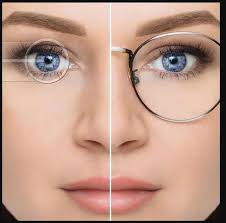
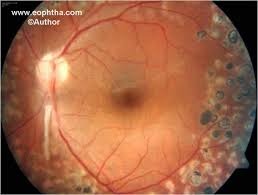
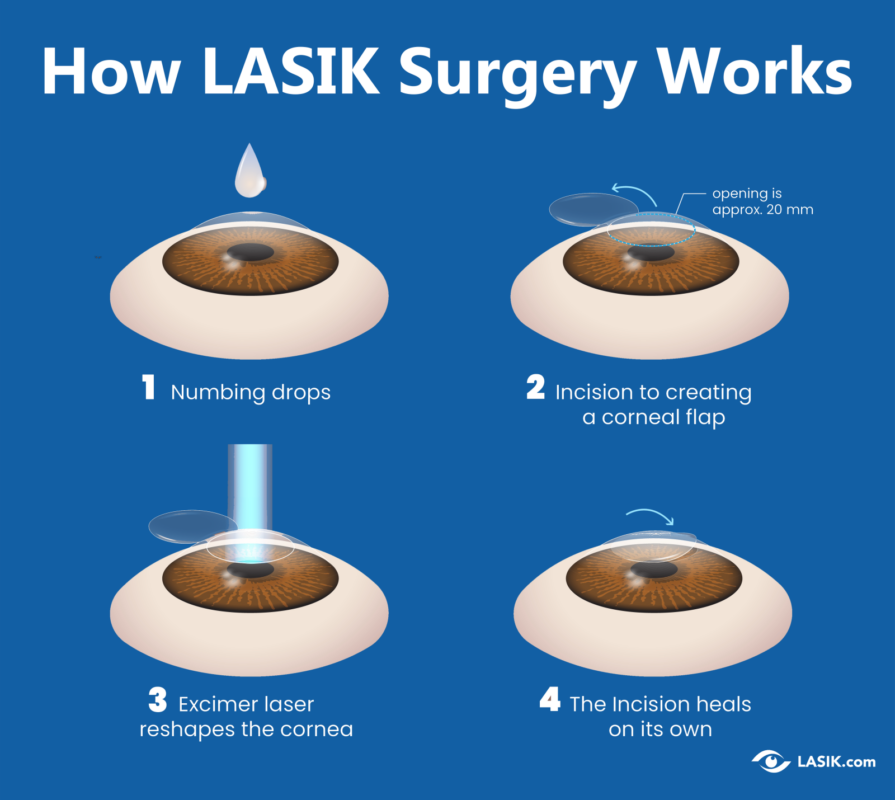




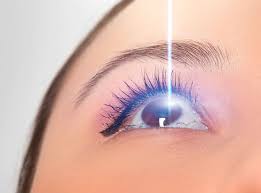
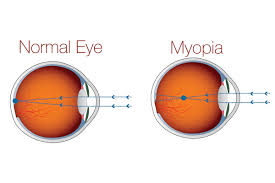
One thought on “Solutions for near sighted and far sighted Individuals”
Comments are closed.